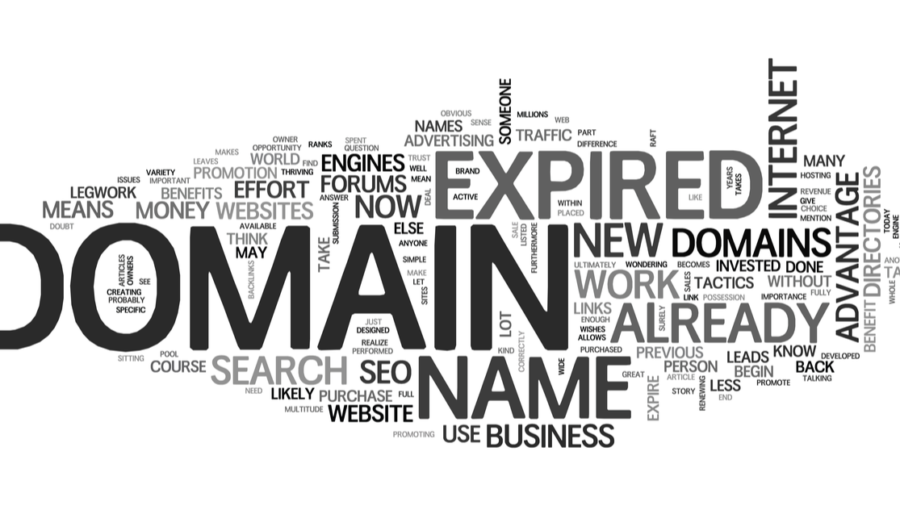
Source: Malware Bytes Posted: September 18, 2020 by Pieter Arntz
Even though some organizations and companies may not realize it, their domain name is an important asset. Their web presence can even make or break companies. Therefor, “domain name abuse” is something that can ruin your reputation.
Losing control
There are several ways in which perpetrators can abuse your good name to make a profit for themselves, while ruining your good name in the process.
Domain name hijacking
Webserver takeovers
Domain name abuse
The first two are closely related and are usually the result of an attack or breach of some kind.
Domain name hijacking can be the result of someone getting hold of your credentials and changing the server that gets to display the information when the domain is queried. Generally speaking, this is done by changing the DNS records for the domain and if the attackers are planning to prolong the use of your domain, they will move the domain registration to a different registrar. This is done to make it harder for the original owner to get control back over the domain. To pull this off they will need to get hold of your login credentials with the original registrar, either by phishing or by a data breach at the registrar. Many registrars will also ask for an Auth-Code when a domain holder wants to transfer a domain name from one registrar to another. So, it is wise to store this separate from your login credentials. Worst case scenario: the registrar cannot solve the issue for you. Even the ICANN will not be able to remediate the illegal domain transfer if your requests to the original and new registrar do not manage to get your control back.
Webserver takeovers are more of a physical attack on your own servers, whether they are on premise, hosted, or in the cloud. This is what we often see when websites are defaced or other attacks with a shorter lifespan. The results are easier to remedy as it usually only takes a backup of the old website to restore it to its old glory. Sometimes all you need to do is remove a few files that were added by the attacker. But the important part here is to find out how the attacker got access to the webserver(s) and how you can prevent it in the future.
A whole different, but related topic, we have discussed before is the use of expired domains for malvertising. While the technique is totally different, the end goal—malvertising— is of common interest.
Domain name abuse
But the main topic for this post will be domain name abuse, a much harder to grasp subject as it does not involve access to something that belongs to you. At best (or worst rather) the infringement is on your intellectual property.
Again, there are several possible scenarios.
Typosquatting
Domain name registration under another Top Level Domain (TLD)
Replacing country code TLD’s (ccTLD’s)
Using ccTLD’s to replace .com or other general TLD’s
Depending on the objective of the domain name abuse some strategies will make more sense then others. If the motive is email fraud then making the website look exactly like the one the perpetrator wants to mimic is more important than having a convincingly deceiving domain name. Especially since spoofing is another option that is often used in email fraud.
Typosquatting is the method of using domain names that are only a little bit different from the real one. They are usually only one typo away, hence the name. These names are often used on highly popular domain names to increase the chance of success. To use an example: goggle[.]com. (See? At first glance, it kind of works.)
Changing the TLD means the holder of the new domain changed the TLD expecting the reader will not notice or be aware of the switch they made. Yet another example: whitehouse[.]com.
Replacing country code TLD is basically the same method but this is a technique often used for banking fraud sites where a national bank is impersonated by giving it a more international TLD. For example: localbank.us becomes localbank.com.
The other way around happens as well. The international TLD gets replaced with a country code TLD Which also makes sense since many internationals use this method to direct traffic for local dealerships to the localized website. For example: Chevrolet also owns Chevrolet.de besides their own Chevrolet.com.
